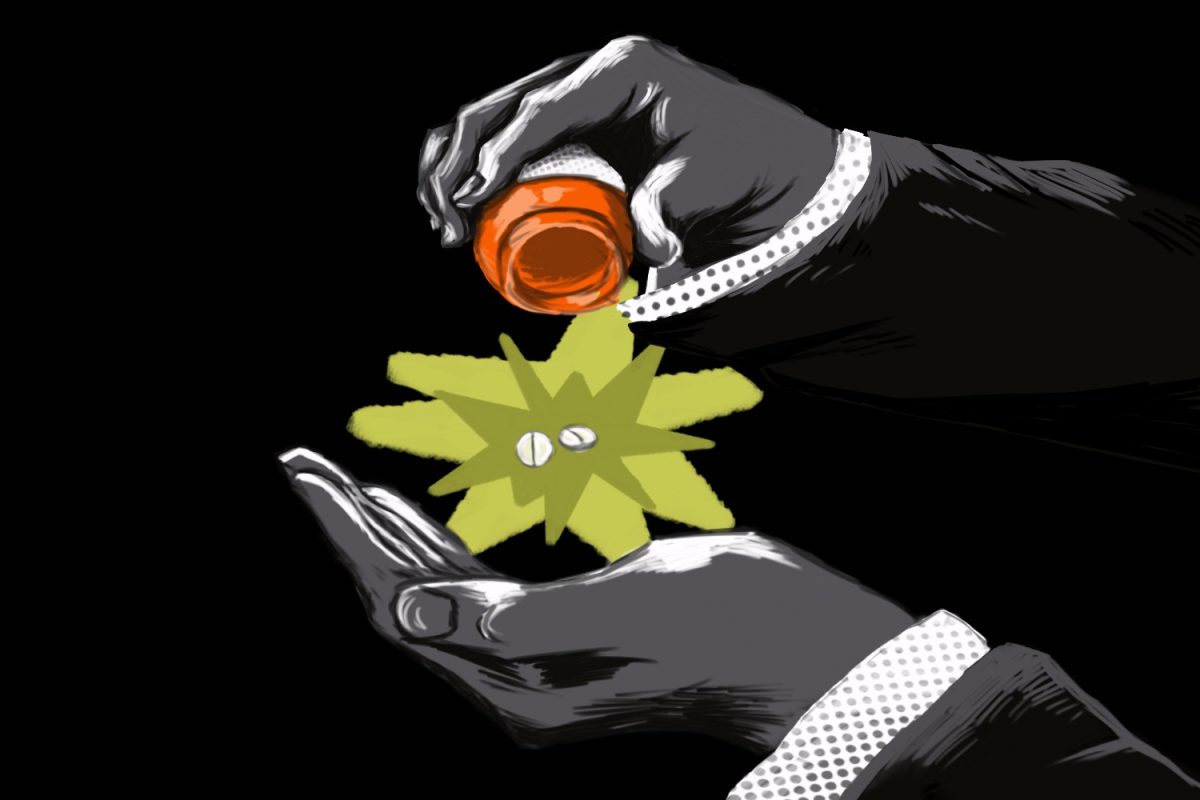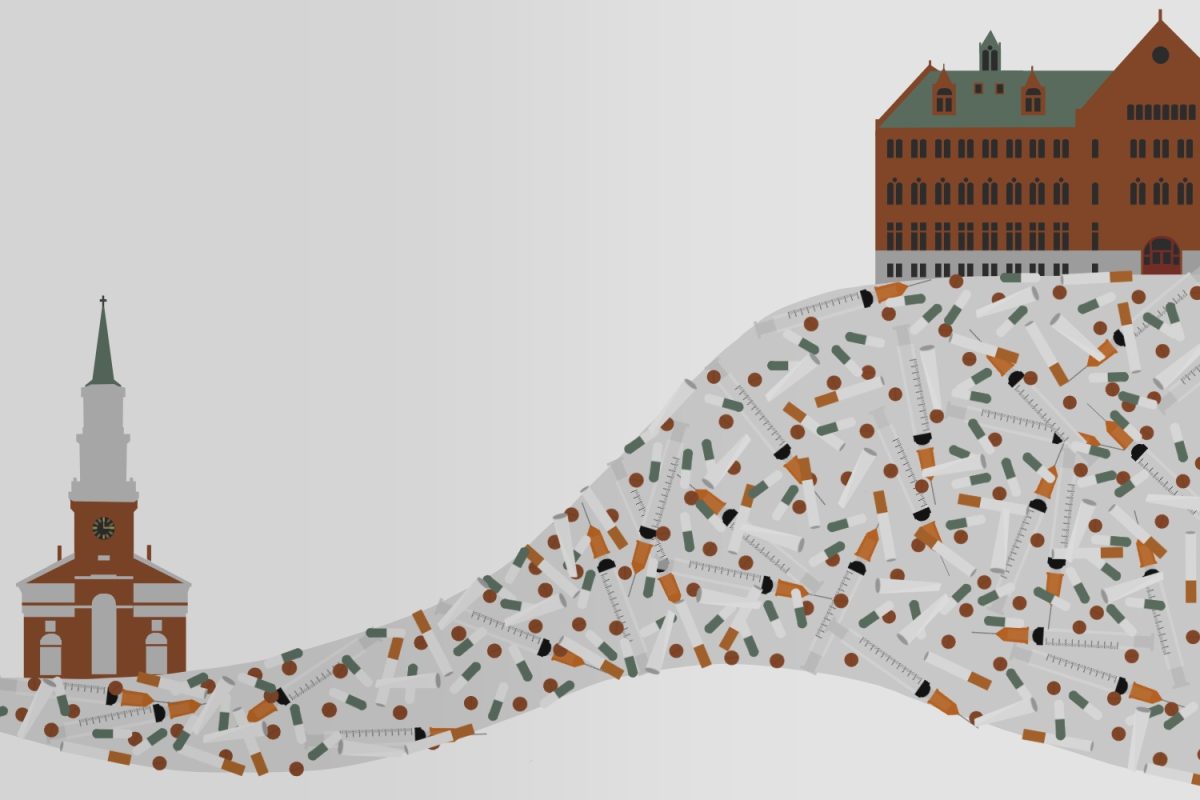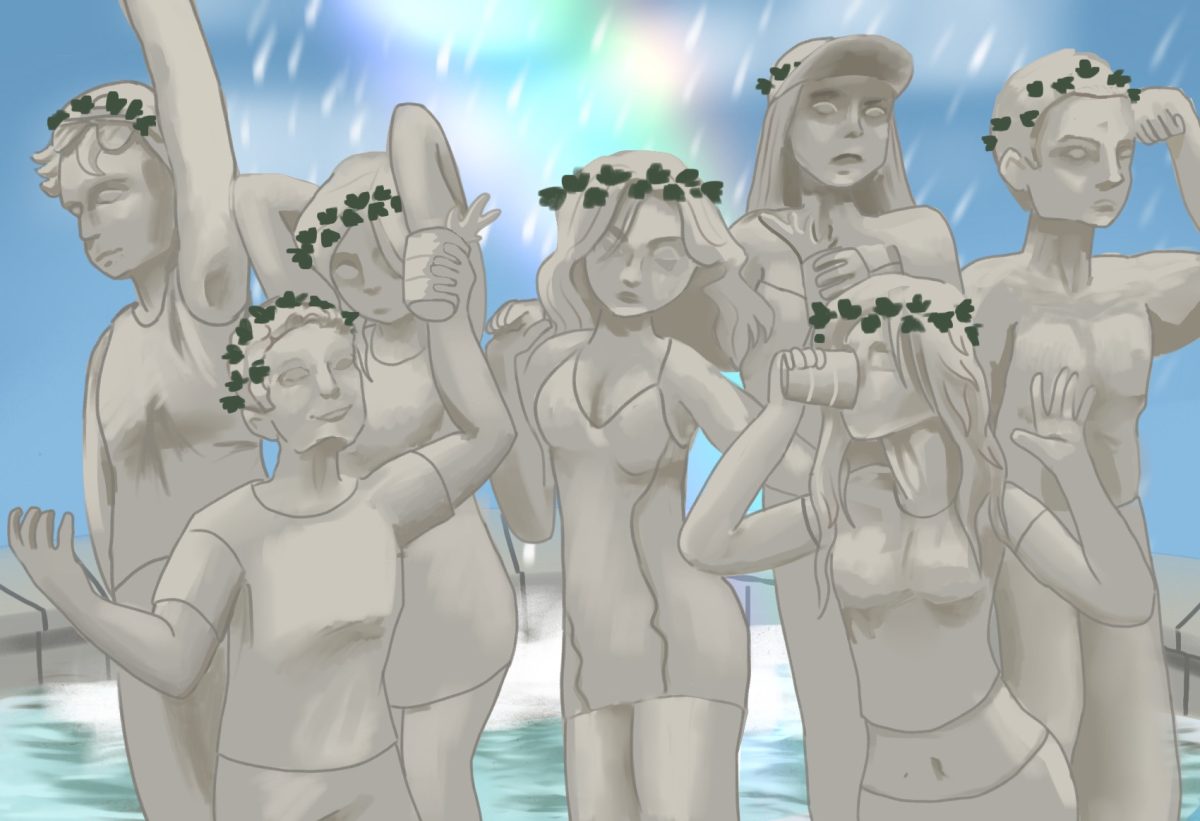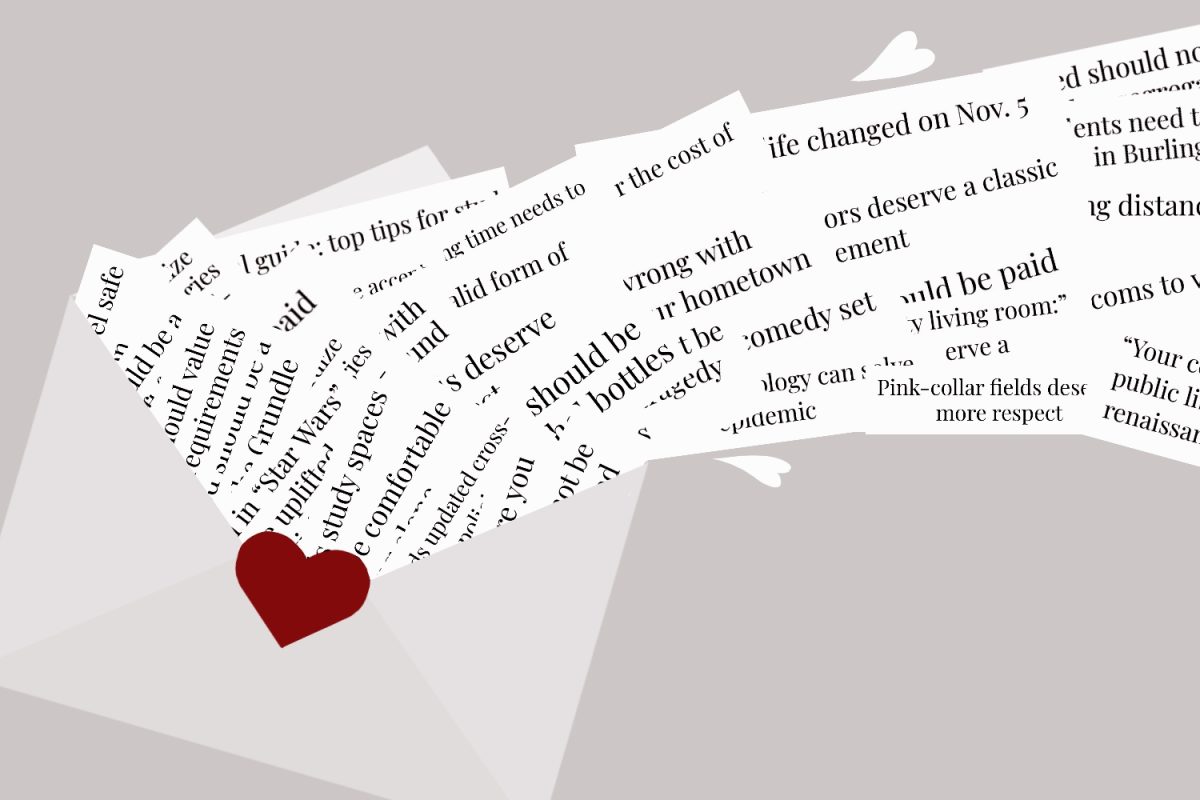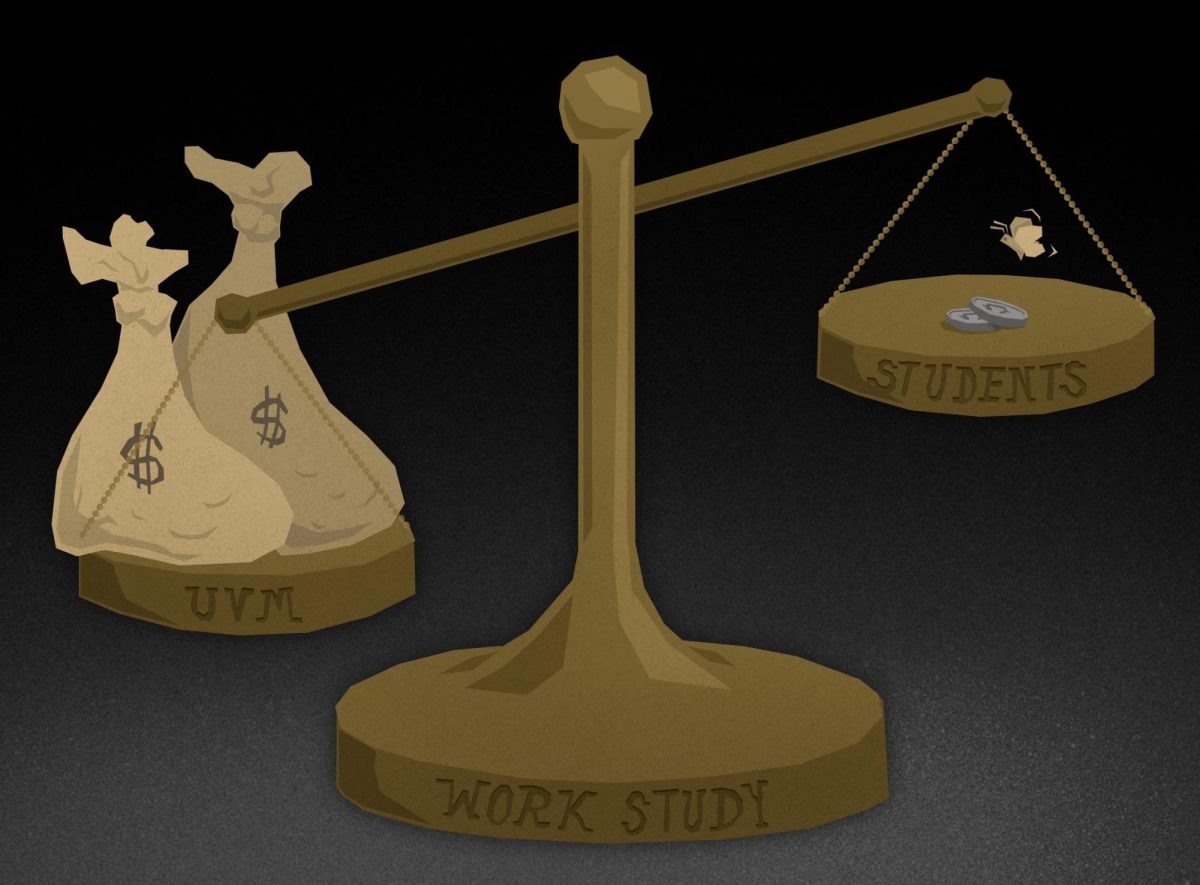The cost to attend UVM is higher than the national average for in-state and out-of-state students at public, four-year universities, according to statistics compiled by College Board.The tuition for out-of-state students is also higher than the average tuition for four-year private institutions.Since the class of 2010 was born, the average cost of attending a public four-year university in the United States has increased over 400 percent. In contrast, the average median income in the United States has increased just 200 percent. In the last decade, tuition at public four-year universities has increased at an average of 4.5 percent a year, nearly twice the cost of living adjustment the Social Security Administration calculates — an average of 2.8 percent a year in the last decade. For the 2010-11 academic year, tuition will increase 4.8 percent at UVM.A recent article in the Burlington Free Press stated that the cost to attend UVM as a Vermonter has increased over 30 percent since 2001. If tuition increases by 5 percent each year for the next decade, out-of-state students will be paying more than $67,000 to attend UVM in 2020.From 2000-2005, the tuition at a private, four-year university increased 40 percent, while during that same time period the median household income in the United States rose just 4 percent.So why does the cost of tuition keep increasing at such an astronomical rate? A key reason is that traditional factors that influence business don’t apply to universities.The economics of supply and demand don’t work in the collegiate system. Every year, more and more students apply to colleges and universities in the United States. Though schools may expand and admit more students, as UVM has steadily done, new colleges can’t just be formed and be viable alternatives to established institutions.Secondly, colleges don’t have an incentive to keep costs down. By spending more on facilities and faculty, institutions improve their image. A higher price tag for students creates the perception that a school is elite and prestigious.Public institutions have suffered from the recent recession, which was forced state governments who mismanaged their budgets to cut funding for education. In California, there was tuition increase of 32 percent for public universities.As a result, the percentage of accepted students continues to fall. Sure, getting into Harvard has always been near impossible if you’re not a Kennedy, but even “safety schools” are no longer a sure thing.The admission rates at many institutions in New York’s SUNY system have fallen below 40 percent, most University of California institutions admit less than half of applicants — UCLA and UC Berkeley admit less than 25 percent. UVM’s admission rate has fallen to 71 percent.According to The New York Times, the average college senior will graduate with a debt of $23,200, an increase of 24 percent since 2005.Forty years ago, you didn’t need a college education to get a well-paying job. Since 1968 minimum wage has fallen and the percentage of Americans with a college degree has quadrupled, making higher education a necessity rather than a luxury.If you consider the recent recession and subsequent government bailouts and stimulus packages to be a cost Americans cannot bear, imagine the price we will pay when citizens can no longer afford to go to college.
Categories:
The increasing cost of not being able to afford college
May 3, 2010
0


